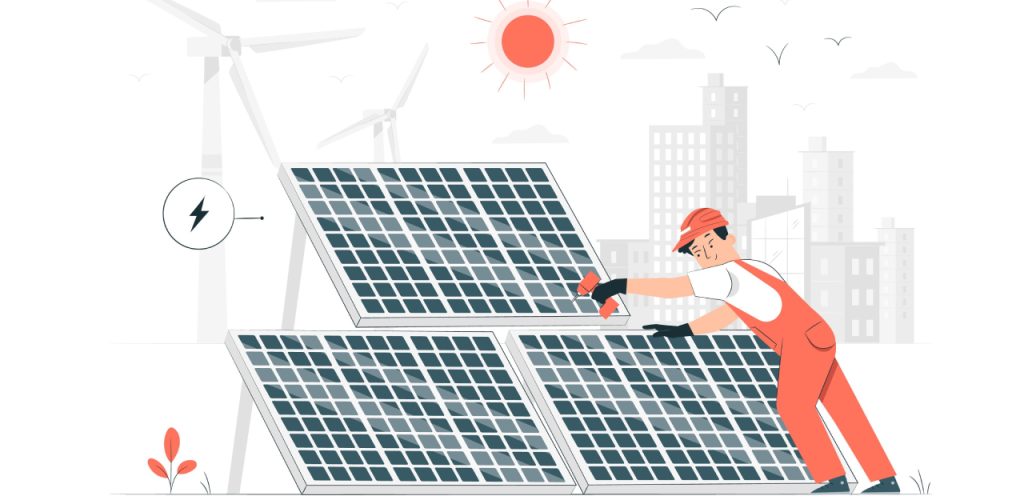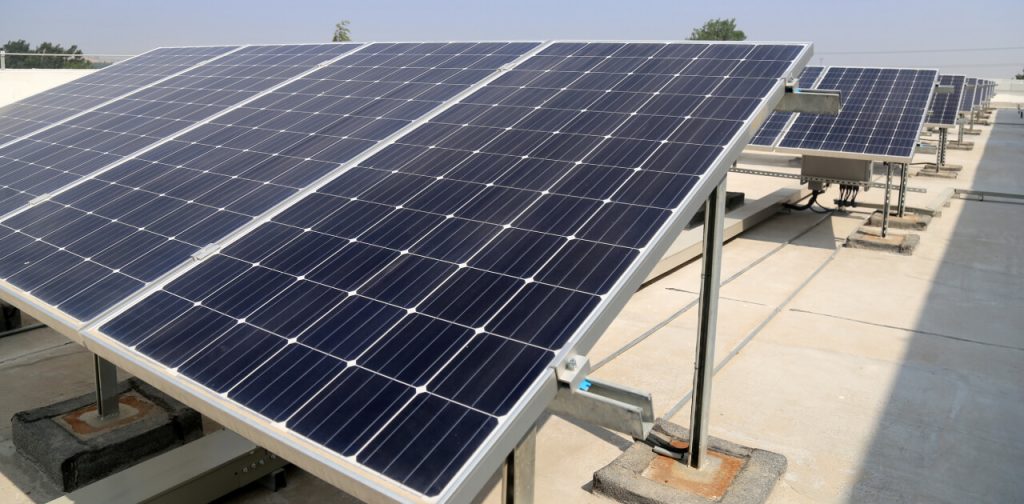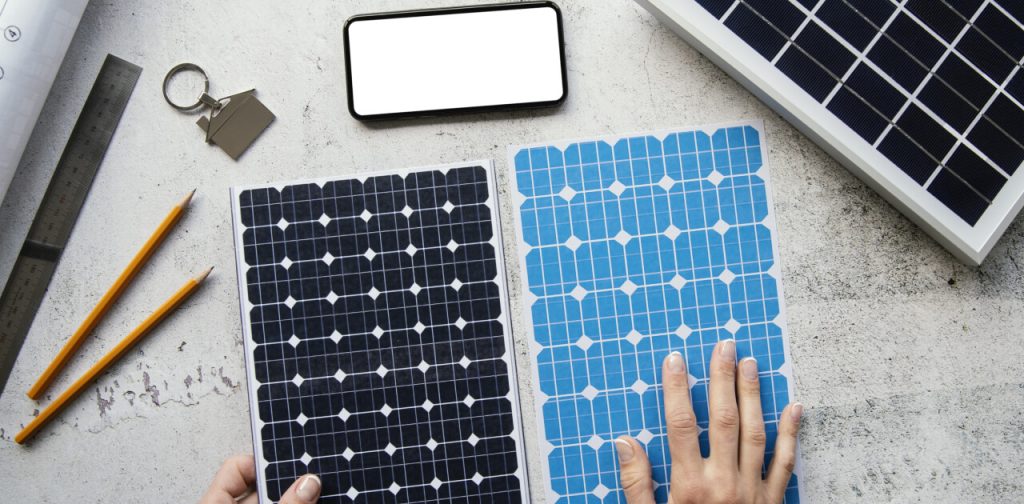The cost of going solar for residential customers in India is becoming increasingly attractive as solar technology matures and prices continue to decline. Lately, the reception of solar energy has picked up huge momentum in India, with residential customers perceiving its various advantages. Not in the least does going solar add to a cleaner environment; however, it likewise offers significant monetary benefits. This blog will dive into the reserve funds and cost parts of embracing solar power for residential clients in India, revealing insight into why progressing to solar oriented energy is a savvy speculation. 1. Upfront Investment : One of the essential contemplations is the underlying expense of pondering solar powered energy. While it is true that installing a solar panel system involves an upfront investment, the cost has significantly reduced over the years. The Indian government, perceiving the capability of solar energy, has likewise executed different drives and sponsorships to make solar based power more reasonable for residential customers. As of September 2021, the average cost for installing a residential solar system in India ranged from ₹40,000 to ₹60,000 per kilowatt (kW). Therefore, if you wanted to install a 5 kW solar system, the investment cost would be approximately ₹2,00,000 to ₹3,00,000. 2. Long haul Reserve funds : The drawn out reserve funds associated with going solar are without a doubt one of the most convincing reasons for residential customers in India to make the switch. By creating their own power through solar energy, home owners can definitely diminish their dependence on the grid, bringing about critical investment funds on month-to-month service bills. In addition, under net metering arrangements, the abundance of solar energy produced can be fed back into the grid, earning clients credits or even cash incentives from the power supplier. Over the long run, these reserve funds can balance the underlying investment, making solar-based energy a monetarily feasible decision for residential customers. 3. Return on initial capital investment : The return on initial capital investment for residential solar systems in India is very appealing. Normally, a solar system framework pays for itself within 4 to 6 years, depending upon variables, for example, framework size, power utilization, and local solar resources. Following this breakeven point, residential customers can enjoy long stretches of practically free power, prompting significant investment funds. With solar panels having a life expectancy of 25 to 30 years, the drawn out return on capital invested is evident, making it a monetarily sound choice for residential customers. Let’s consider an example where you have a 5 kW solar system generating an average of 4 kWh per day. If the current electricity tariff is ₹6 per kWh, your daily savings would be 4 kWh * ₹6 = ₹24. Monthly savings would be approximately ₹24 * 30 days = ₹720. Annual savings would be around ₹720 * 12 months = ₹8,640. Return on Investment (ROI): To calculate the return on investment, you would need to consider both the upfront investment cost and the savings generated over time. Let’s assume you invested ₹3,00,000 in a 5 kW solar system, as mentioned earlier. ROI = (Annual Savings / Investment Cost) * 100 ROI = (₹8,640 / ₹3,00,000) * 100 ≈ 2.88% In this example, the ROI is approximately 2.88%.This is a simplified calculation and does not consider factors such as maintenance costs, system lifespan, inflation, or potential changes in electricity tariffs. Additionally, the ROI period may vary based on location, system efficiency, and individual energy consumption patterns. 4. Government Incentives : To encourage the adoption of solar energy, the Indian government has introduced various incentives for residential customers. The most outstanding incentive is the Jawaharlal Nehru National Solar Mission, which plans to advance solar power generation across the country. Moreover, state legislatures offer attractive endowments and incentives, further reducing upfront expenses. These incentives, along with net metering strategies and tax breaks, essentially upgrade the reasonableness of going solar-oriented for residential customers, making it an ideal opportunity to put resources into solar power. As of September 2021, the Solar Rooftop Subsidy Scheme provided subsidies of up to 40% of the benchmark cost for residential solar installations. The benchmark cost is determined by the MNRE based on the system size and location. Conclusion : As India proceeds with its excursion towards clean energy, residential customers stand to benefit enormously by embracing solar-based power. The upfront investment is presently more reasonable than at any other time because of government drives and ideal advance choices. The long-term savings on electricity bills and the attractive ROI make solar energy an economically sound choice. With government incentives and tax breaks, the expense of going solar-oriented is additionally diminished, making it an ideal time for private clients to progress to solar-based power. By harnessing the power of the sun, residential customers contribute to a greener climate as well as secure their monetary future.












